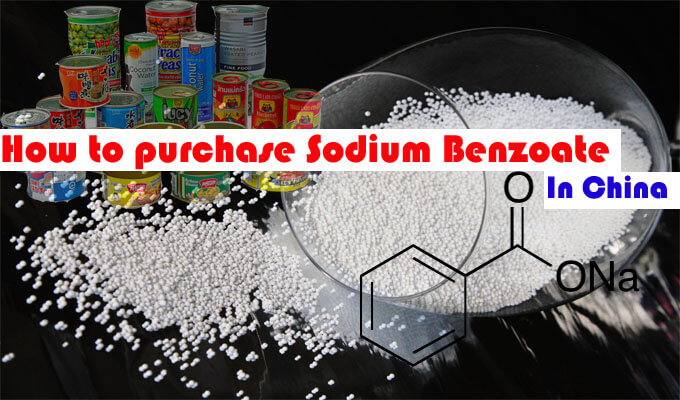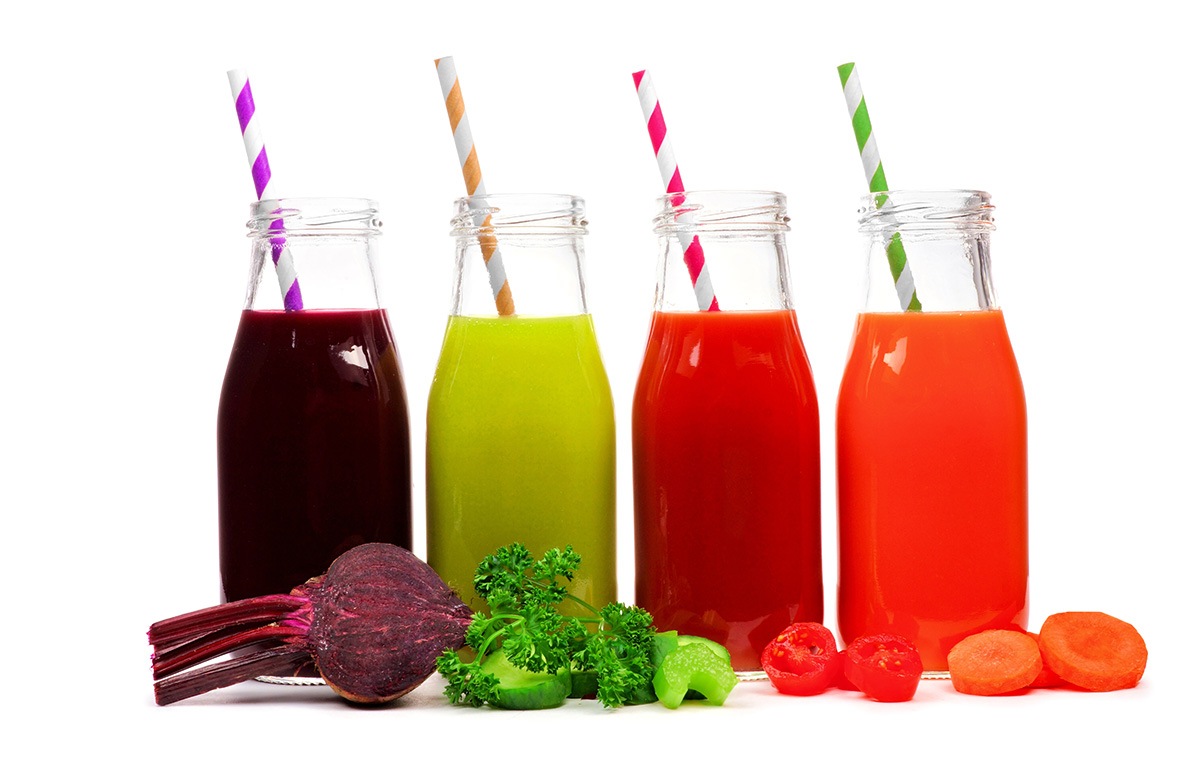Correctly understanding sweeteners
Sweeteners are food additives that provide sweetness to food or beverages. In modern diets, sweeteners play an important role, especially for consumers who want to reduce sugar intake, control blood sugar, or manage weight. Here are some key points about [...]
The Impact of Raw Material Prices on the Food Additives Market
The dance of raw material prices is like a powerful force that shapes the landscape of the food additives market. When raw material prices soar, it's like a storm hitting our industry. Manufacturers face a tough challenge as their production [...]
Is “zero-added” food safer?
Why add food additives? Food additives refer to chemically synthesized or natural substances intentionally added to food to improve its quality, color, aroma, and taste, as well as to meet the requirements of preservation, preservation, and processing technology. These additives [...]
ENHANCING FOOD SAFETY WITH PRESERVATIVES
Preserving Freshness: The Power of Potassium Sorbate, Sodium Benzoate, and Calcium Propionate In today's fast-paced world, maintaining the quality and freshness of food products is crucial. Food preservatives play a vital role in extending shelf life, ensuring safety, and enhancing [...]
The Third Stop In 2024- Türkiye
Dear customer, Good day! This is warm greeting from DALIAN FUTURE INTERNATIONAL CO., LTD. Which is a professional supplier of FOOD ADDITIVES, INDUSTRIAL CHEMICALS, FEED&FERTILIZER , Since 2010, we have already developed and established good business relationship with worldwide reputed customers. [...]
Analysis of the reasons for the crazy rise in airline prices
Supply and demand imbalance: Fluctuations in shipping prices are closely related to the global economic situation, and with the global economic recovery and trade growth, shipping demand continues to grow. However, due to long ship construction cycles, high input costs, [...]
The application of sodium lactate in the food industry
Sodium lactate plays multiple roles in food, and its unique properties make it an important food additive. The following are the main applications of Sodium lactate in the baking industry: Anti corrosion and preservation: Sodium lactate, as a food preservative, [...]
Lactic Acid : Leading the Way in Sustainable and High-Quality Production
Characteristics of Lactic Acid Products: Lactic acid is a naturally occurring organic acid with the chemical formula C3H6O3. It is produced through the fermentation of carbohydrates by lactic acid bacteria. The key characteristics of lactic acid products include: Natural [...]
IRAN AGROFOOD, WE ARE COMING!
Dear Sir/Madam, This is warm greeting from DALIAN FUTURE INTERNATIONAL CO LTD. We hereby sincerely invite you to visit our BOOTH NO.7,HALL NO.35 FROM 8TH-11TH JUNE,2024 during the IRAN AGROFOOD EXHIBITION. Our FIC team will stay in Iran from [...]



















